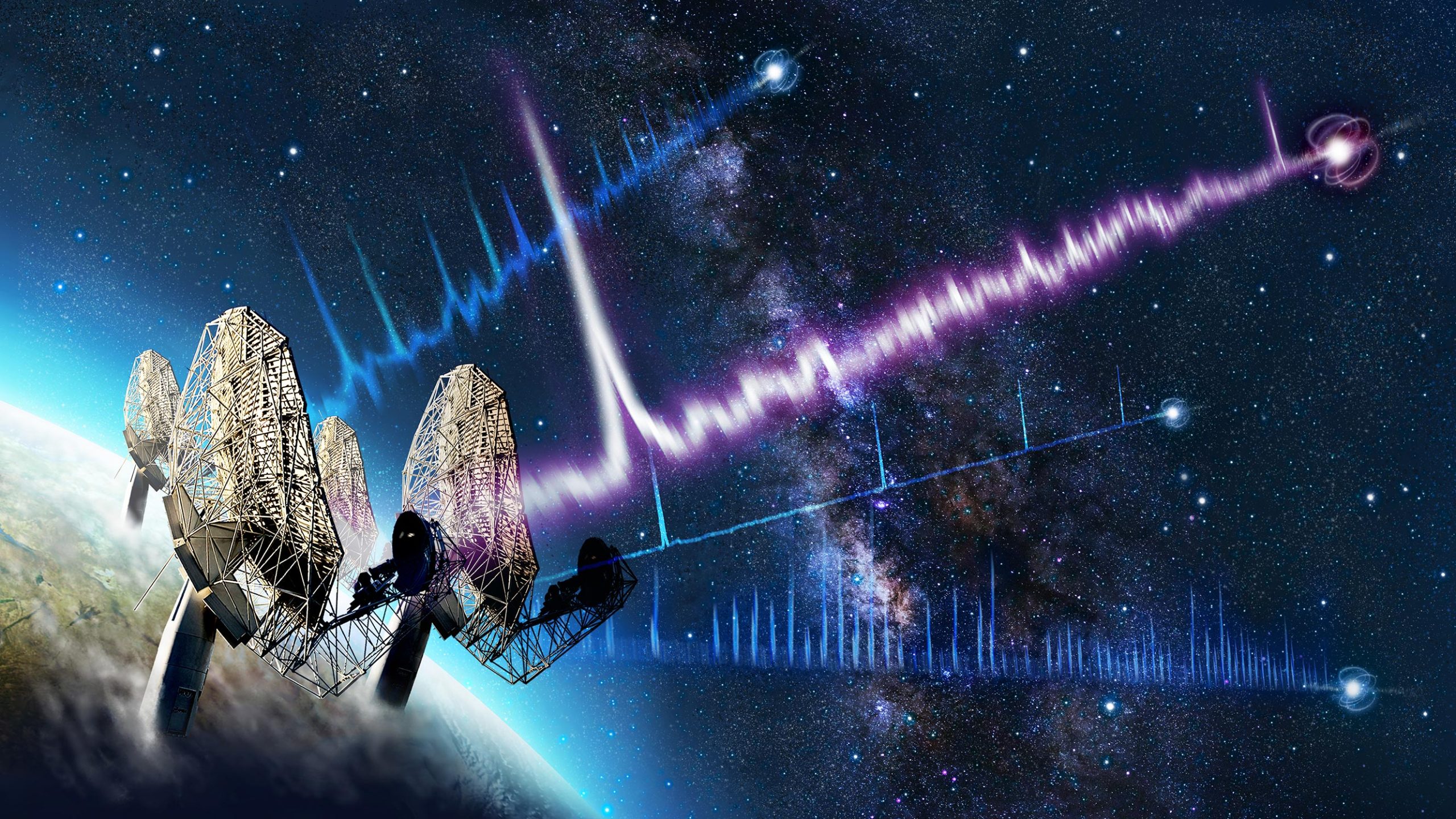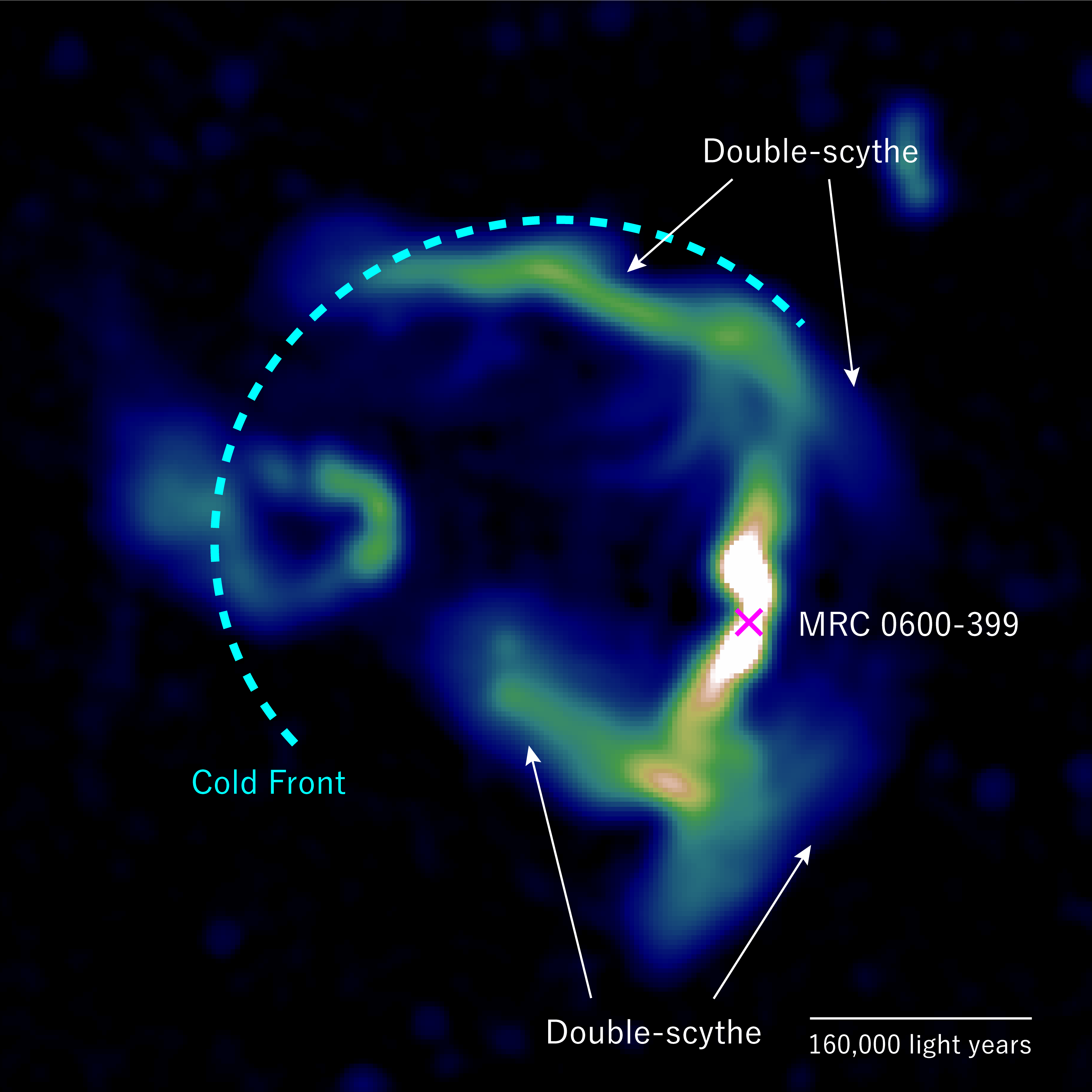
An international team led by a University of Sydney scientist has discovered an unusual radio signal emitting neutron star that rotates extremely slowly, completing one rotation every 76 seconds.
The star is unique because it resides in the “neutron star graveyard,” where no pulsations are expected. The discovery was made by the MeerTRAP team using the MeerKAT radio telescope in South Africa and is published in Nature Astronomy.
The star was initially detected from a single pulse. It was then possible to confirm multiple pulses using simultaneous consecutive eight-second-long images of the sky, to confirm its position.
Neutron stars are extremely dense r...
Read More








Recent Comments